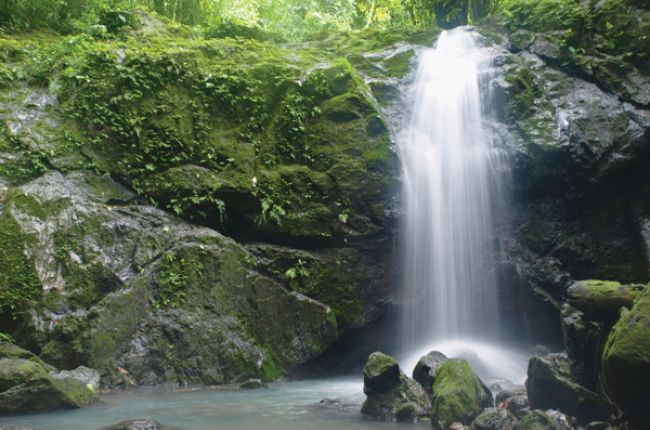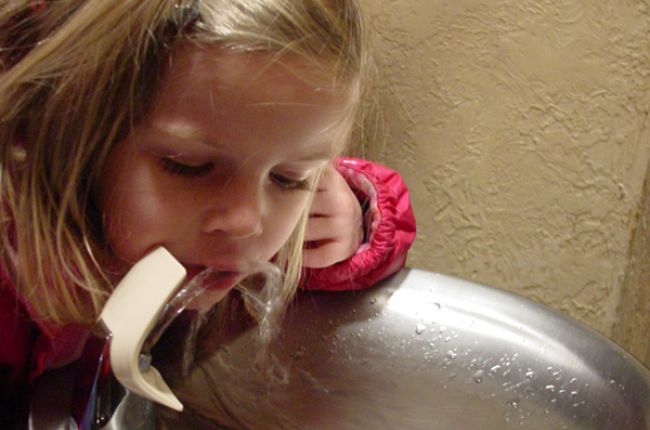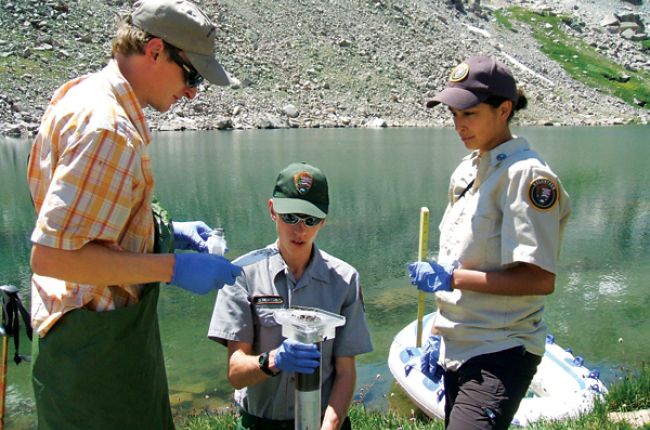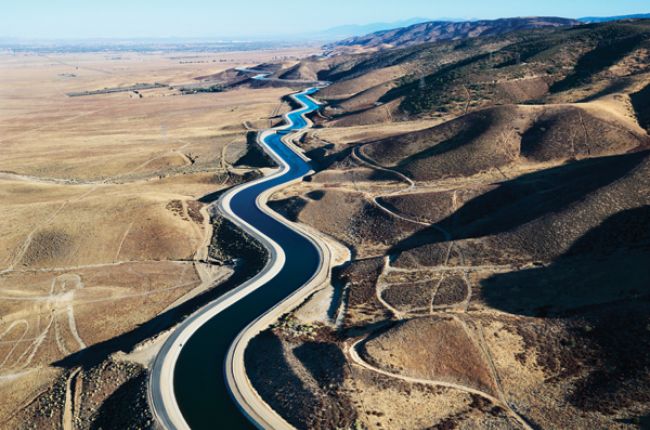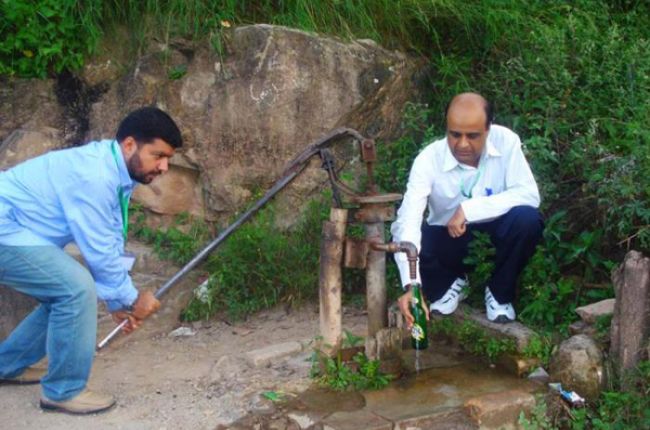Ensuring Sufficient Supplies of Clean Water
Clean water is fundamental to life and is essential for economic prosperity. However, the long-term security of water supplies is threatened by overuse, pollution, and climatic variability. Long-term planning and water management are critical for agriculture, electricity generation, fisheries, industry, transportation, recreation, municipal supplies, and healthy ecosystems.
Geoscientists provide the expertise necessary for effective water resource planning and management, and they conduct research to better understand and predict changes in the amount, quality, and location of water resources.
To optimize availability of clean water:
Increase monitoring of both the quantity and quality of surface water and groundwater. Knowledge of the state of water resources and how they are changing is critical for protecting, maintaining, and restoring the nation’s water resources. It is important to collect and manage this information effectively and share it widely.
Improve understanding of connections within the hydrologic cycle and between water resources and other critical issues. We need to better understand the interaction between surface water and groundwater and integrate that knowledge into water and land management practices. Understanding links between water and other critical issues, including energy, agriculture, natural hazards, and waste disposal, will facilitate integrated planning and optimal decision making.
Balance water use with ecosystem needs. Healthy ecosystems purify water and air, mitigate floods, reduce erosion, and perform many other vital services, but ecosystem health depends on a sufficient water supply.
Develop and maintain infrastructure to collect, treat, store, and deliver safe water and ensure sufficient capacity to meet changing needs. The high costs of infrastructure development, maintenance, and replacement impose growing financial burdens and require long-term planning based on geoscience understanding and innovative engineering.
Address persistent sources of contamination and identify threats to water quality in a timely manner. Water quality is threatened by long-recognized contaminants, such as trace elements, pesticides, industrial spills, and excess salt and nutrients primarily from agricultural sources. Newly understood threats include naturally occurring contaminants, pharmaceuticals, and nanoparticles.
Learn more
- Geoscience for America's Critical Needs: Invitation to a National Policy Dialogue (Webpage and Report), American Geosciences Institute
This document outlines high-level actions to address major policy issues where the geosciences play a significant role. Download the report
Download the report
- Critical Issues: Water (Webpage), American Geosciences Institute
Overview of the geoscience behind water issues.
- Critical Issues Webinar: Water as One Resource (Recorded Webinar), American Geosciences Institute
Introduction to groundwater/surface water interactions and their implications for water management.
- Critical Issues Webinar: Making Produced Water More Productive (Recorded Webinar), American Geosciences Institute
Discussion of produced water management and re-use options.

